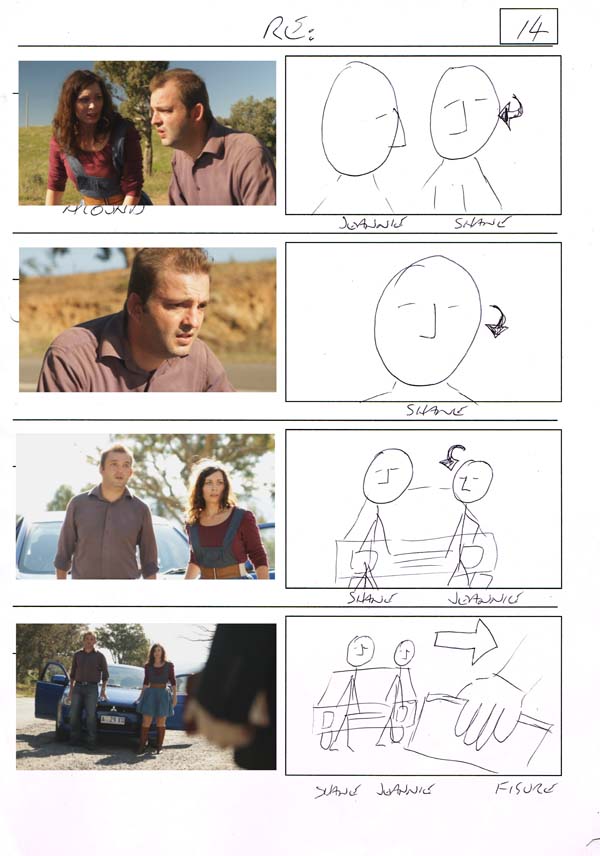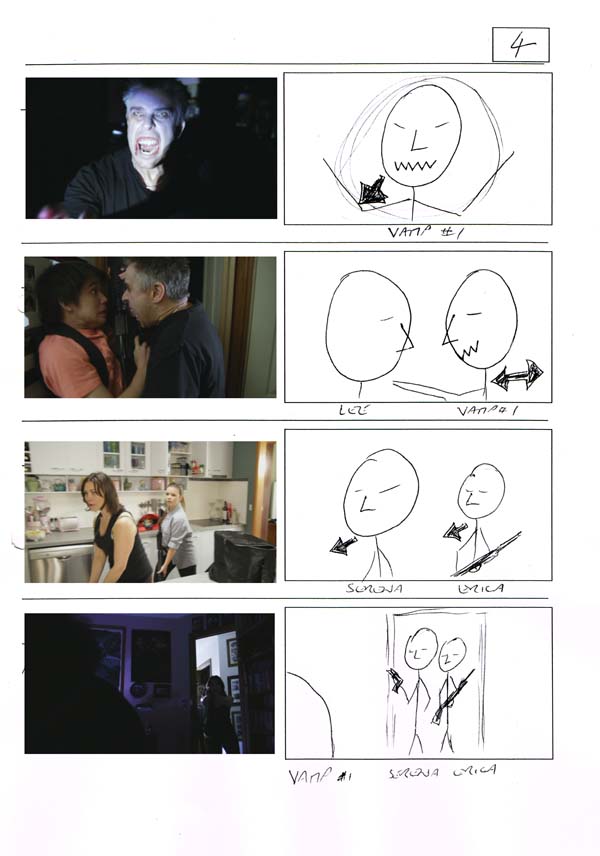Tried storyboarding - i miserably failed haha
It just too time consuming, and I don't get it why to use it at all..
It took me about 30 mins just to draw one frame, and it looks stupid
Is it even any usable for small crews? How many of you use an actual story board?
It just too time consuming, and I don't get it why to use it at all..
It took me about 30 mins just to draw one frame, and it looks stupid

Is it even any usable for small crews? How many of you use an actual story board?




